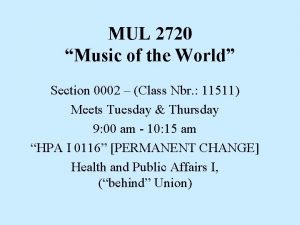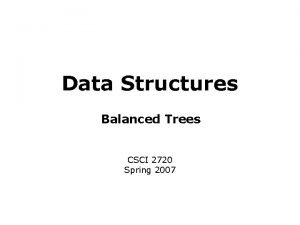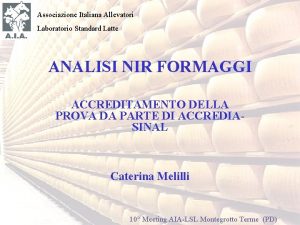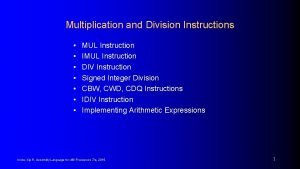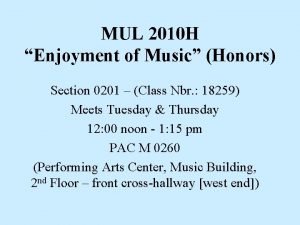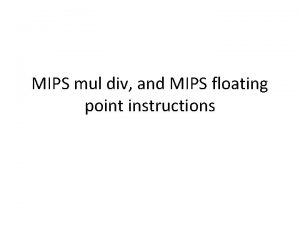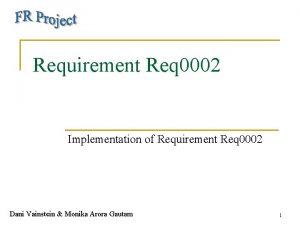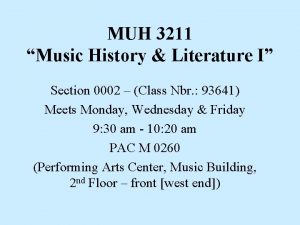MUL 2720 Music of the World Section 0002

















- Slides: 17

MUL 2720 “Music of the World” Section 0002 – (Class Nbr. : 11511) Meets Tuesday & Thursday 9: 00 am - 10: 15 am “HPA I 0116” [PERMANENT CHANGE] Health and Public Affairs I, (“behind” Union)

Scott Warfield Assoc. Prof. of Music History Office: PAC M 227 Email: scott. warfield@ucf. edu Assisted by…. Ms. Keely Parker, GTA keelyparker@knights. ucf. edu

Some Important Web Pages • My home web page : - Scott Warfield's Home page (google “UCF CAH Music Faculty” to find me) • MUL 2720 home web page : - MUL 2720 - Music of the World (corrected as of Wed, 9 Jan 19) • Course Syllabus - Syllabus (MUL 2720) (corrected as of Wed, 9 Jan 19) • “Bookmark” or add to your “Favorites”

“Documented Academic Activity” • • Required by UCF to prove you’re really here Necessary to release financial aide, etc. Attendance taken by SIGNATURE last week If you signed the attendance sheet on either Tuesday (8 Jan) or Thursday (10 Jan), you’re registered in this course • Don’t blame me if you don’t get your check…. .

What is “Music”?

“…music is sound that is humanly patterned or organized. ” - John Blacking (1973) [TEXTBOOK, p. 7]

The 4 Parameters of Sound • Parameter = any of a set of physical properties whose values determine the characteristics or behavior of something • PITCH = the frequency of vibration (heard as “high” vs. “low”) • DURATION = the length of time a sound lasts (heard as aspects of rhythm) • TIMBRE = tone color (the source of the sound, i. e. , instrument, voice, other) • DYNAMICS = Loudness/Softness

Timbre • Pronounced “tam-ber” • Also known as “tone color” • The aspect of sound that makes a trumpet different from a flute • Literally, the source of a sound • Technically derives from the “shape” of the sound wave (don’t need to know this)

Sources of Musical Sounds • Human Voices (probably the earliest way humans made music) • Musical Instruments (devices or “tools” for making and controlling sounds) • “Other” sources, e. g. , “natural” sounds, electronic devices (synthesizers), etc.

Voices & Voice Ranges • • Soprano – high female Alto – low female Female Voice Types - You. Tube Tenor – high male Bass – low male (watch the spelling) Classical Male Voices - You. Tube Others? (mezzo soprano, contralto, baritone, bass-baritone, etc. ) • “SATB”

Some Vocal Styles • • • Opera: Renée Fleming - Tosca, "Vissi d'arte" Pop: Celine Dion – “My Heart Will Go On” Jazz: Tony Bennett - "The Way You Look Tonight" Blues: Son House – “Death Letter” Rock: Janis Joplin - "Ball And Chain" (N. A. ) Indian: Native American Round Dance Music (Asian) Indian Classical: Nina Burmi sings Thumri Yodeling: Franzl Lang - Yodelling Throat Singers: Mongolian traditional art of Khöömei

Instruments • “Tools” for creating and controlling sound • Families - by construction - by materials - by playing technique • May have - social, religious, mystical associations - gender biases (male / female)

Western Families of Instruments • • • Woodwinds (flute, clarinet, saxophone, etc. ) Brass (trumpet, trombone, tuba, etc. ) Strings (violin, ‘cello, guitar, harp, etc. ) Percussion (drums, cymbals, xylophone, etc. ) “Other” (piano, organ, synthesizer, etc. ) Western Instruments (video tutorial) Benjamin Britten: Young Person's Guide to Orchestra

What About Non-Western Instruments?

Erich Hornbostel & Curt Sachs • Organology – study of musical instruments • Based on neutral or “scientific” description • What can you describe? - Construction and structure of instrument - Playing techniques • Cf. Carl Linnaeus (1707 -78) & taxonomy of living organisms

Hornbostel-Sachs Classifications • Aerophones – vibrating column of air (includes woodwinds AND brass) • Chordophones – vibrating string(s) – can be “lutes, ” “harps, ” or “zithers” • Membranophones – all drums • Idiophones – object itself vibrates • Electrophones – new classification for electronic sounds • Hornbostel-Sachs Classification (quick tour) • Hornbostel-Sachs Outline (Wikipedia)

Which H-S Families are these? • • • Example 1 Example 2 Example 3 Example 4 Example 5 Example 6 Example 7 Example 8 Example 9 Example 10 Example 11 • • • Example 12 Example 13 Example 14 Example 15 Example 16 Example 17 Example 18 Example 19 Example 20 Example 21 Example 22
 Csci 2720
Csci 2720 Csci 2720
Csci 2720 Technicolor spm101t
Technicolor spm101t 50 nin yüzde 40 ı
50 nin yüzde 40 ı Online music portfolio
Online music portfolio Scp 0002
Scp 0002 Nir latte
Nir latte Tr-05-0002-01
Tr-05-0002-01 Enumerate the vocal music of the romantic period
Enumerate the vocal music of the romantic period It refers to the number of individual musical lines
It refers to the number of individual musical lines Employs electronic musical instruments
Employs electronic musical instruments Pamulinawen musical form
Pamulinawen musical form Mul instruction example
Mul instruction example Enjoyment of music ucf
Enjoyment of music ucf Mips float
Mips float Div assembly 8086
Div assembly 8086 Mul and div in assembly language
Mul and div in assembly language Mediane overleving
Mediane overleving
